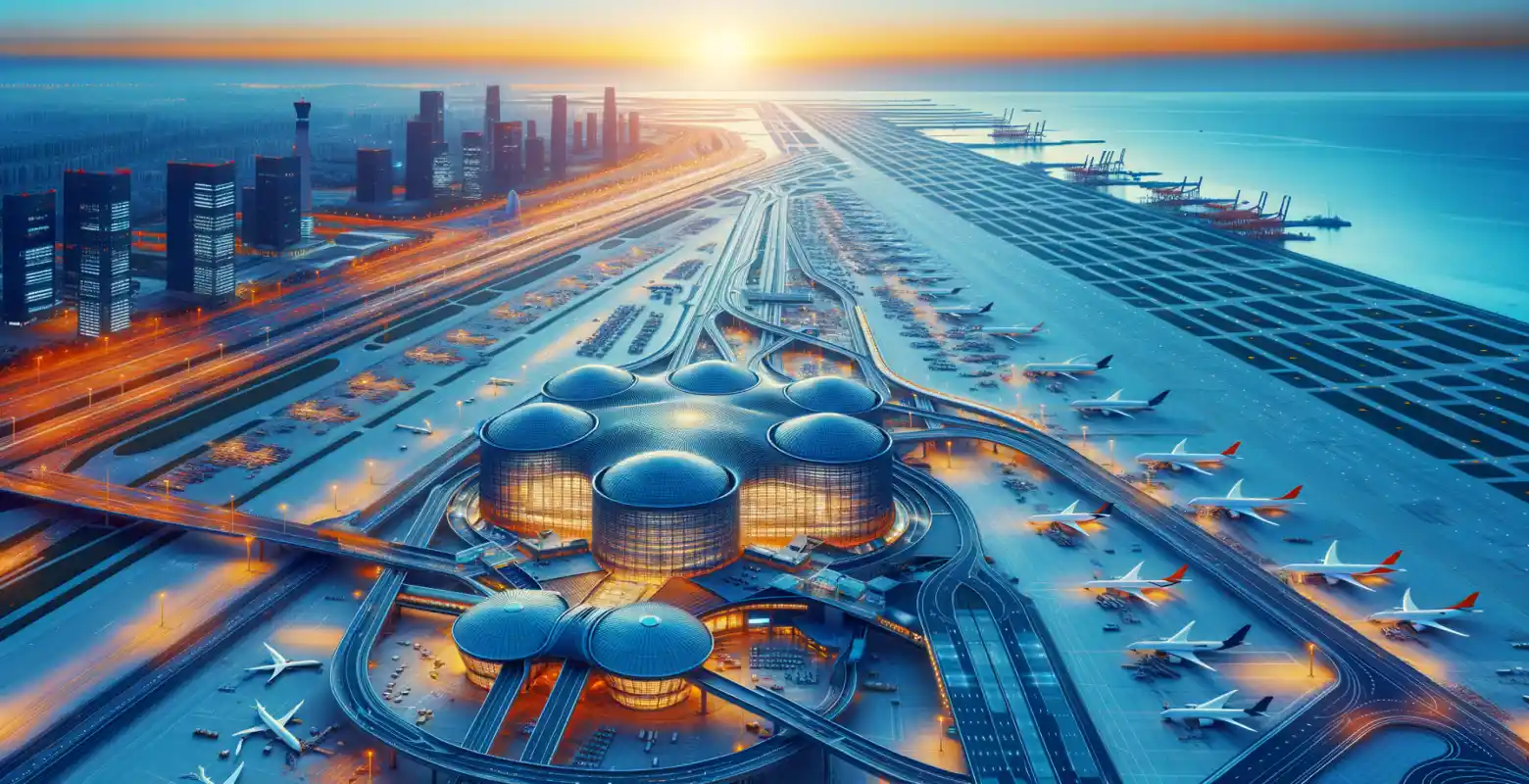What investments are planned at the world's largest airports?
Introduction
In today's rapidly evolving world, aviation plays a crucial role in the global economy, connecting people and goods on an unimaginable scale. Airports, being central points of this system, must constantly evolve to meet the growing demands of passengers and carriers. Therefore, investments in the world's largest airports are becoming increasingly important. In this article, we will look at the planned investments in major airports, the challenges they face, and the benefits they can bring. This topic is significant for both travelers and the aviation industry, as it affects travel comfort, operational efficiency, and economic development.
Investments in Airports: Global Context
Airports worldwide are facing challenges related to the increasing number of passengers and changing market requirements. According to the International Civil Aviation Organization (ICAO), in 2019, the number of passengers worldwide exceeded 4.5 billion, and forecasts indicate further growth in the coming years. To meet these expectations, airports must invest in modern infrastructure, technologies, and services.
In this context, investments in airports aim not only to increase capacity but also to improve the quality of passenger service, safety, and environmental protection. Many of the world's largest airports are already implementing or planning investments that can transform the way we travel.
Infrastructure Expansion at Major Airports
One of the key elements of airport investments is infrastructure expansion. In cities such as Dubai, Beijing, London, and Los Angeles, airports are undertaking ambitious construction projects to increase their operational capabilities.
Dubai International Airport is one of the busiest airports in the world and a key hub for international passenger traffic. Currently, a multi-billion-dollar project is underway to expand terminals and build new runways. The goal is to increase the airport's capacity to 118 million passengers per year.
Beijing Daxing International Airport, opened in 2019, is already one of the largest airports in the world in terms of area. However, China is not resting on its laurels and plans further investments to make Daxing one of the key global aviation hubs. The planned infrastructure expansion includes increasing ground infrastructure and expanding the number of international connections.
Future Technologies at Airports
New technologies play a key role in the transformation of airports. Introducing innovative technical solutions aims to improve the quality of passenger service and increase operational efficiency.
Biometrics is one of the solutions gaining popularity. Airports such as Los Angeles and Singapore Changi are implementing biometric systems that enable quick and secure passage through security checks and passport control. With facial recognition technology, passengers can move through the airport without the need to show identity documents.
Artificial Intelligence (AI) and Internet of Things (IoT) are also finding applications in airports. Air traffic management systems use AI to optimize flight routes, reducing delays and increasing operational efficiency. IoT, on the other hand, allows real-time monitoring of the technical condition of devices and infrastructure, enhancing safety and enabling faster response in case of failures.
Sustainable Development and Environmental Protection
In the face of growing ecological awareness, airports worldwide are taking actions to reduce their impact on the environment. Investments in sustainable development have become a priority, and airports are striving to achieve carbon neutrality.
Stockholm-Arlanda Airport is a pioneer in this area, aiming for total carbon neutrality by 2025. Investments include the development of energy infrastructure based on renewable sources such as solar and wind energy. Additionally, the airport is implementing programs to reduce water consumption and recycle waste.
London Heathrow also focuses on sustainable development. Planned investments include introducing a fleet of electric airport vehicles and developing infrastructure for hybrid-powered aircraft. The airport aims to achieve carbon neutrality by 2050.
Challenges and Future of Airport Investments
While airport investments bring many benefits, they also face a range of challenges. One of the most important is financing huge construction projects, which often require the involvement of both public and private funds.
Another challenge is integrating new technologies with existing infrastructure. Airports must ensure that new systems are compatible with the existing ones, which is often a complex task.
In the future, we can expect further growth in airport investments, especially in the face of the increasing demand for air travel. However, it will be crucial for these investments to be sustainable and contribute to environmental protection, while improving the quality of passenger service.
Summary
Investments in the world's largest airports are essential to meet the growing demands of passengers and carriers. Infrastructure expansion, the introduction of modern technologies, and the pursuit of sustainable development are key elements shaping the future of aviation. Despite many challenges, these investments bring numerous benefits such as improving service quality, enhancing safety, and protecting the environment. With the dynamic growth in the number of passengers, airports must continue to invest to maintain their competitiveness in the global market.
For readers who want to deepen their knowledge of airport investments, a good step would be to follow industry news and reports published by organizations such as ICAO or IATA. Understanding these processes can help better anticipate future changes in aviation and their impact on the global economy.






Number of comments: 0